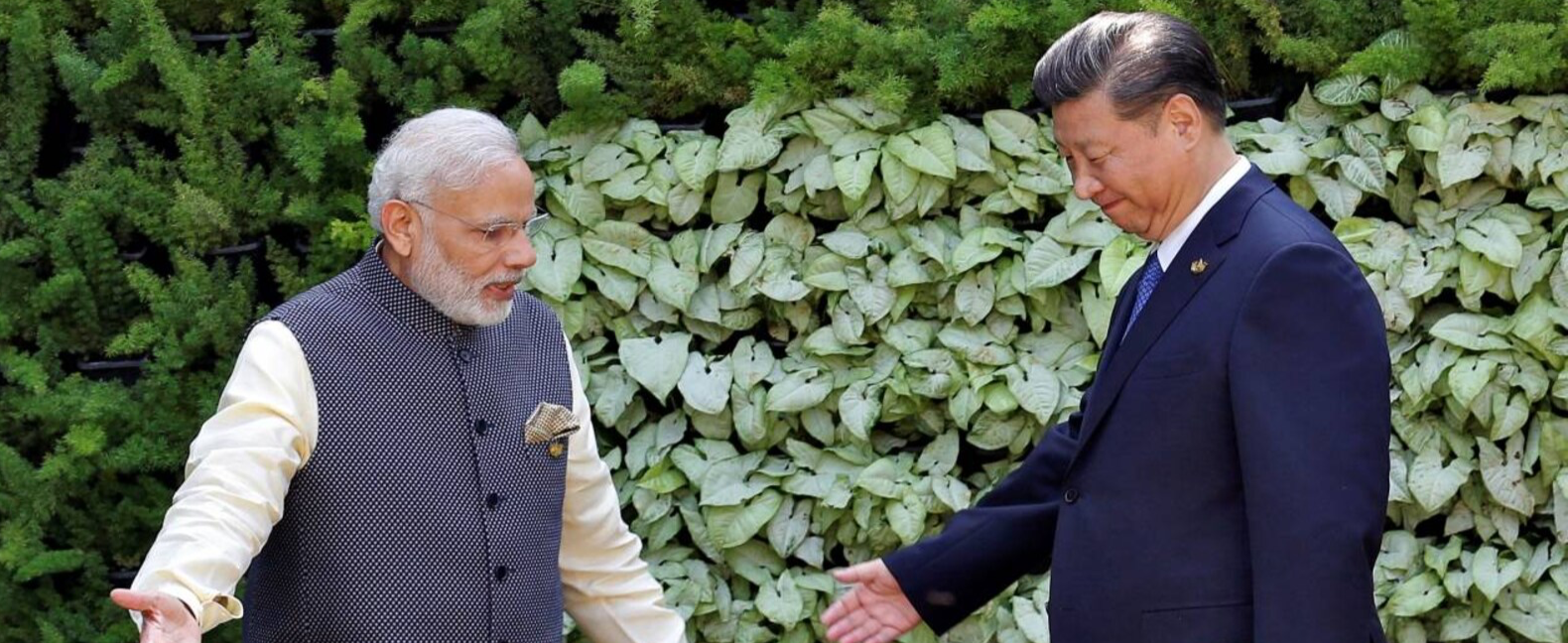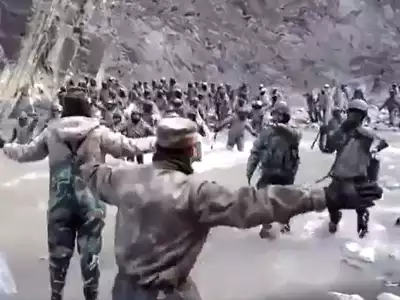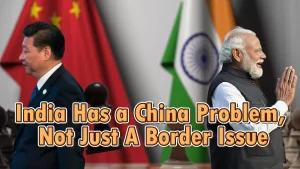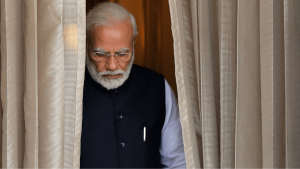China-India Reconciliation: Modi Wins Big

On October 23rd, president Xi Jinping and prime minister Modi bilateral meeting during the BRICS Summit in Russia. In the meeting, both leaders gave positive comments on the recent progress made by China and India in resolving the issues in the border area.
The next day, at the press conference of the Ministry of Foreign Affairs in Beijing, a reporter asked whether the Chinese and Indian troops had begun to withdraw from the frontier area. In response, the spokesperson responded that, the front-line troops of both sides were implementing the recently reached solution a smooth manner.
This round of border conflict began in 2020, after the Indian army launched frequent provocative actions in the western section of the Sino-Indian border, triggering the 2020 Galwan Valley clash. Because of this, the bilateral relations fell to a low point that had not been seen for decades. The arrival of the solution definitely gives rise to a positive turning point in Sino-Indian relations.
Following the clash in 2020, China gained some advantages along the border after a defensive counterattack. This put significant political pressure on the Modi administration domestically, prompting it to seek to regain what it lost through negotiations. What’s why India had been insisted on linking the border issue with the overall biliteral relations for so long. Obviously, some decision-makers believed that China—which preoccupied with its strategic rivalry with the US—would soon back off from the standoff and make concessions.
Meanwhile, China has always emphasized the Sino-Indian border issue should be handled separately from bilateral relations, and the two should not see each other as enemies. As the Chinese army stood firm on the front, India had gradually learnt that it was China that dominated the situation— the decision-makers in Beijing could decide when and how the issue would be settled.
 The video footage of the China-India Galwan Valley clash.
The video footage of the China-India Galwan Valley clash.
So, against this backdrop the solution was finally reached, after intensive negotiations over the past four years through China-India Border Affairs Consultation and Coordination Working Mechanism, and the China-India Military Chiefs Talks. As per the solution, China since then reopened the region, allowing Indians to enter. The solution reached is in a package form, which mainly copes with the patrol issue in concerned the border area It brings about positive changes to border area and biliteral relations, but one should never see it as a permanent or comprehensive solution, for it does not touch on both sides’ positions on territorial sovereignty.
As with all negotiations, there is give-and-take on both sides. Although many details are still not disclosed and the implementation mechanism remains unclear, it’s evident that no international negotiation involves unilateral concessions. Some Indian media have speculated that the Modi administration might have made concessions in the eastern sector, particularly in the Southern Tibet (referred to as “Arunachal Pradesh” by India). This possibility exists, suggesting that China ceded some advantage in the western sector in exchange for India doing the same in the eastern sector. However, neither side has officially confirmed this, with only Indian media hinting at such developments.
From the available information, it appears that China has made a tactical concession, which must have a larger strategic consideration behind. The most important strategic factor is likely a new equilibrium in the bilateral interaction. As China has broken New Delhi’s fantasy that Beijing may give in on territorial and border issues, their future ways of interaction will also be profoundly different.
There are arguments suggesting that following the solution, India might increase economic cooperation with China and reduce its economic resistance against China. Such belief could be overly optimistic. The structural conflicts between China and India remain unresolved, and it’s unlikely that India will cease its hard-liner stance just because of this solution.
For sure, the recent reconciliation has significant implications for India’s domestic landscape. By reaching the solution, Modi administration attempt to prove to the Indian public that it has regained whatever was lost in 2020. Previously, he faced significant domestic pressure, with accusations of compromising national interests and failing to protect its own sovereignty. Additionally, since the economic relations between India and China have not been ideal, many business groups have been pushing for a normalized relations with China, which could benefit their enterprises, especially in manufacturing sectors.
Therefore, this solution will be addressed as a political win for the Modi administration. The key factor is that Modi has managed to free himself from the self-imposed predicament of border disputes, as he has been insisting that normal relations with China depend on resolving border issues. It allows him more room to maneuver diplomatically and politically.
The solution also has notable implications for the international community. Firstly, India’s performance at this summit was unexpected for many observers. Earlier this year, Modi visited Russia, so this marked his second visit in the same year. This visit was frown upon by many in the West, as India had been perceived as a close partner and, therefore, was expected to side them on the Ukraine issue. So, Modi’s recent trip to Russia was therefore seen as a surprise move, highlighting India’s resistance to being fully drawn into the Western camp. So, ending the perennial standoff with China against such a context will surely increase India’s strategic leverage vis-à-vis the West.
India views itself as a potential beneficiary in the U.S.-China trade conflict, but has not harvest as many benefits as expected. This is partly due to India’s own shortcomings, but also because the West, particularly the U.S., has not provided enough support. As a result, India sees limited advantages in aligning too closely with the West and finds value in rebalancing its diplomatic ties.

The recent BRICS summit, where major countries sat together again, carries significant geopolitical weight. By aligning more closely with Russia and China, Modi aims to increase India’s value in the eyes of the U.S. and the broader West—If India appeared overly compliant, its strategic value actually goes down.
Moreover, after years of closer engagement with the West, India has realized that the benefits are limited, with only marginal gains. India’s strong sense of pride also often conflicts forcibly with the West, as best illustrated by the quarrel relating to the Khalistan movement.
In this complex geopolitical context, Modi’s approach towards the border solution can be seen as a strategic move to enhance India’s bargaining power and ensure its independent stance in global affairs.




Anonymous
That’s great news for BRICS and Eastern Bloc to stop Ukraine and Israel actions to restraint them to fight against Russia or Palestine issue.
Anonymous
That’s great news for China🇨🇳 and India🇮🇳 makes jealous over other nations to stop war.